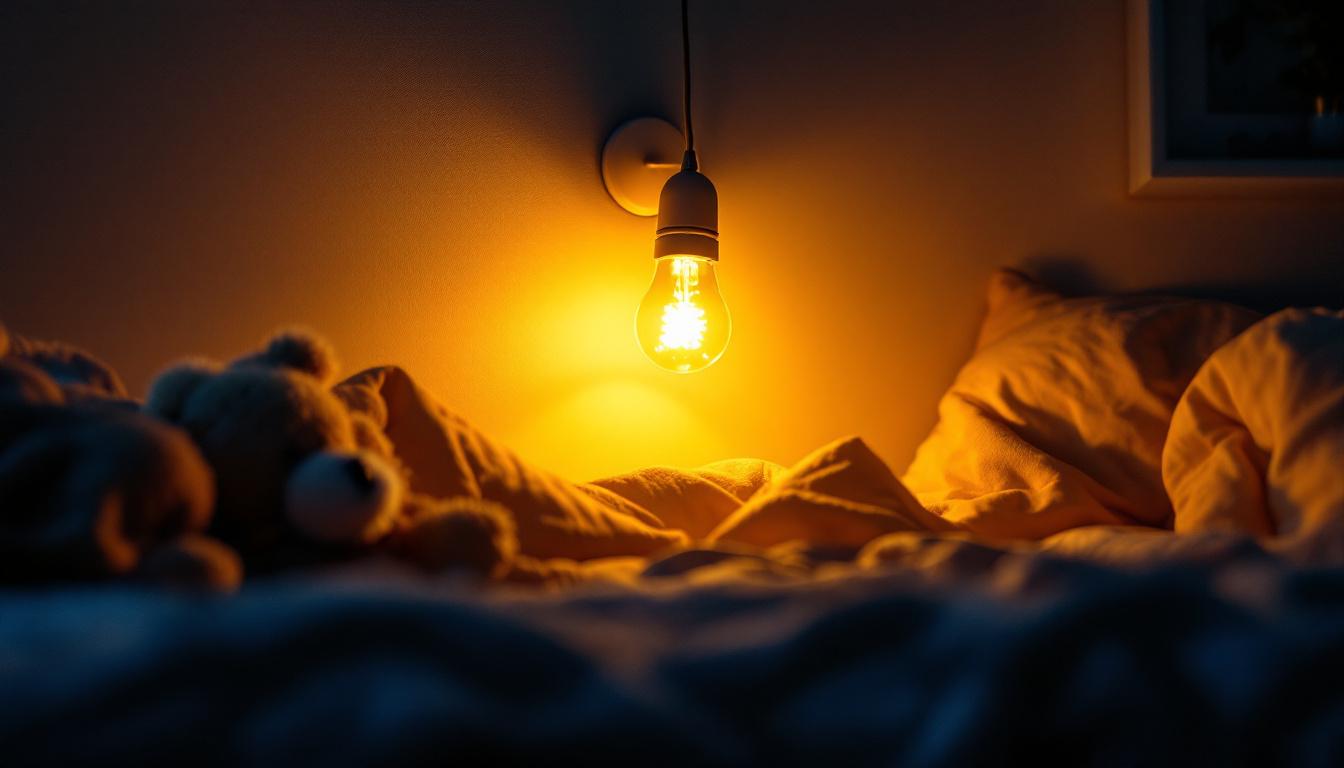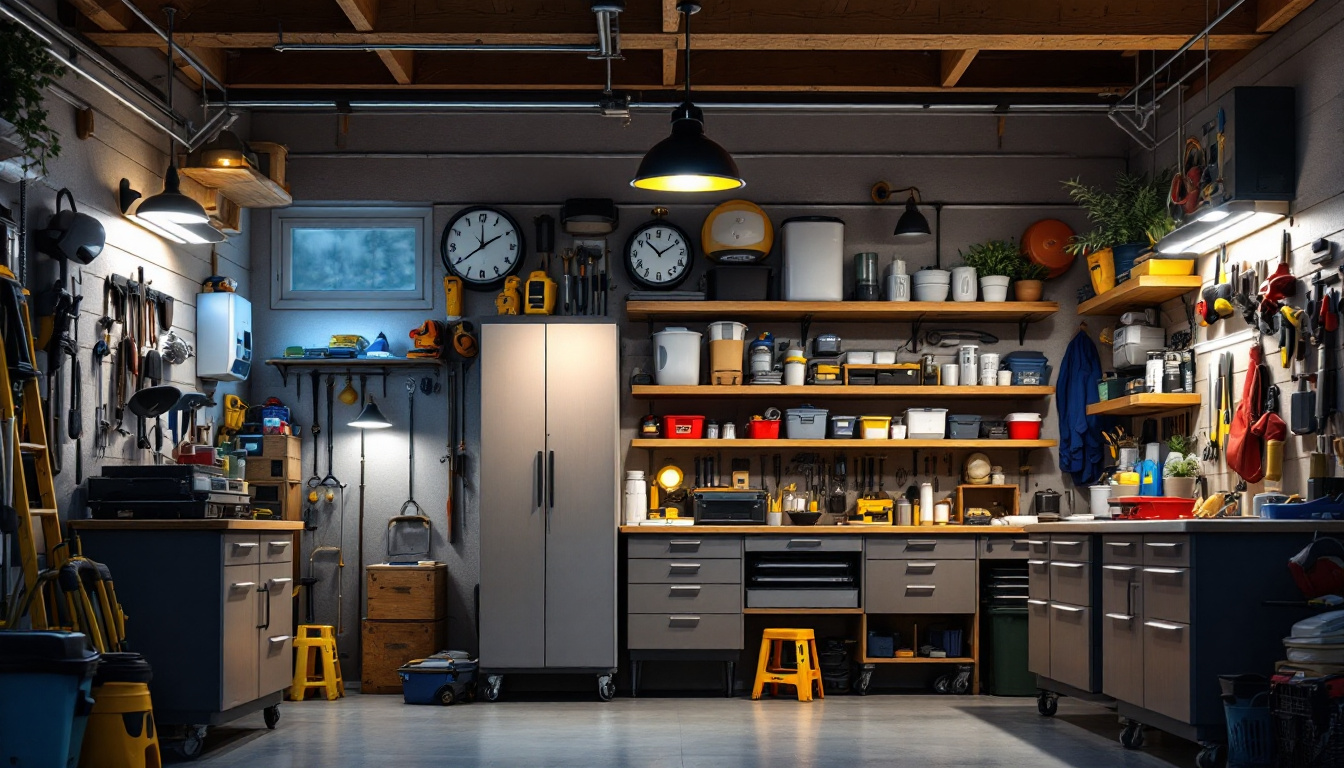
Lighting contractors often focus on brightness as a key factor in their installations, aiming to illuminate spaces effectively. However, the role of low brightness light bulbs is just as crucial, especially when safety is concerned. Low brightness bulbs provide controlled illumination that reduces glare, prevents eye strain, and enhances visibility in a way that supports safe environments.
Glare from overly bright lighting can cause discomfort and even temporary blindness, increasing the risk of accidents. In workplaces, public areas, and residential settings, managing light intensity is essential to avoid these hazards. Low brightness bulbs help create a balanced lighting scheme that protects users without sacrificing functionality.
Moreover, low brightness lighting can significantly contribute to the overall ambiance of a space, promoting a sense of calm and comfort. In environments such as hospitals or care facilities, softer lighting can reduce anxiety for patients and staff alike, creating a more welcoming atmosphere. This is particularly important in areas where individuals may feel vulnerable or stressed, as the right lighting can help ease their discomfort and foster a sense of security.
Additionally, low brightness lighting plays a vital role in energy conservation and sustainability. By utilizing bulbs that emit less light, facilities can reduce their overall energy consumption, leading to lower utility bills and a smaller carbon footprint. This is especially relevant in today’s world, where environmental considerations are increasingly at the forefront of design and construction practices. As more lighting solutions become available that prioritize both safety and efficiency, the integration of low brightness options will likely become a standard practice in responsible lighting design.
Emergency lighting systems rely heavily on low brightness bulbs to offer clear guidance without overwhelming the eyes. In emergency situations, intense light can disorient people, especially in smoke-filled or crowded environments. Low brightness bulbs provide enough illumination to mark exits and pathways clearly, while maintaining a calm atmosphere that aids orderly evacuation.
These bulbs are often integrated into exit signs and corridor lighting, where their subtle glow is visible but not distracting. This balance is critical in preventing panic and ensuring that safety protocols are followed effectively. Furthermore, the use of low brightness bulbs can enhance the visibility of emergency equipment, such as fire extinguishers and first aid kits, which are often overlooked in high-stress situations. By strategically placing these bulbs, facilities can create a comprehensive safety net that not only guides individuals but also highlights essential resources during emergencies.
Outdoor lighting installations, such as pathway lights, garden fixtures, and street lamps, benefit from low brightness bulbs by reducing light pollution and preserving night vision. High-intensity lighting outdoors can create harsh shadows and blind spots, which pose safety risks for pedestrians and drivers alike.
Low brightness bulbs help maintain visibility without overwhelming the surroundings, allowing people to navigate safely while minimizing disruption to local wildlife and neighboring properties. This is especially important in residential areas or parks where subtle lighting enhances safety without sacrificing comfort. Additionally, the use of low brightness bulbs can create a more inviting atmosphere for community gatherings and outdoor events, encouraging social interaction while ensuring that safety remains a priority. By illuminating pathways and gathering spaces with gentle light, communities can foster a sense of security and well-being among residents and visitors alike.
In healthcare settings, low brightness lighting plays a vital role in patient safety. Bright, harsh lights can cause discomfort and confusion, particularly for elderly patients or those with sensory sensitivities. Low brightness bulbs provide gentle illumination that supports patient well-being and reduces the risk of falls or accidents.
Lighting contractors working in these environments must carefully select bulbs that balance visibility with comfort. Soft, low brightness lighting in hallways, patient rooms, and common areas helps maintain a safe, calming atmosphere conducive to recovery and care. Moreover, the strategic use of color temperature in low brightness bulbs can significantly impact mood and anxiety levels among patients. Warmer tones can create a more soothing environment, while cooler tones can help with alertness during daytime hours. This thoughtful approach to lighting design not only prioritizes safety but also enhances the overall experience for both patients and healthcare providers, fostering a healing environment that promotes health and comfort.
Glare is a common problem in lighting installations that use high-intensity bulbs. It can cause eye fatigue, headaches, and decreased visual acuity. Low brightness bulbs emit light at levels that are easier for the human eye to process, reducing glare significantly.
For lighting contractors, this means installations can be designed to enhance comfort and safety, especially in environments where people spend extended periods. Controlled light intensity helps maintain focus and reduces the risk of accidents caused by impaired vision.
Many low brightness bulbs are designed with energy efficiency in mind. Lower wattage and advanced technologies, such as LED or compact fluorescent options, provide long-lasting performance with minimal power consumption. This not only reduces operational costs but also minimizes the frequency of maintenance visits, which can be disruptive and costly.
From a safety perspective, reliable lighting that requires less frequent replacement reduces the chances of dark or poorly lit areas due to bulb failure. Consistent illumination is key to maintaining safe environments, especially in commercial or industrial settings.
Low brightness bulbs often integrate seamlessly with dimmers, sensors, and smart lighting controls. This flexibility allows lighting contractors to create dynamic lighting schemes that adjust to different needs and times of day. For example, lights can automatically dim during off-peak hours or brighten when motion is detected, enhancing safety without wasting energy.
Such adaptability is valuable in environments like warehouses, parking garages, and public buildings, where lighting requirements vary throughout the day. Low brightness bulbs provide the foundation for these intelligent systems, supporting both safety and efficiency.
Choosing the right brightness level is a delicate task. Too dim, and visibility suffers; too bright, and safety risks increase due to glare and discomfort. Lighting contractors must evaluate the specific needs of each space, considering factors such as room size, surface reflectivity, and user activity.
Low brightness bulbs offer a versatile solution that can be tailored to different zones within a project. For instance, brighter bulbs may be used in work areas, while low brightness bulbs provide ambient lighting or highlight pathways. This layered approach enhances safety by ensuring adequate illumination without overwhelming the senses.
Proper placement of low brightness bulbs is essential to maximize their safety benefits. Positioning fixtures to avoid direct line-of-sight exposure reduces glare and prevents light from shining into occupants’ eyes. Using diffusers, shades, or louvers can further soften light output and distribute it evenly.
Lighting contractors should also consider the height and angle of fixtures to minimize shadows and dark spots. Strategic placement ensures that low brightness bulbs contribute to a well-lit environment that supports safe movement and task performance.
Adhering to local and national lighting codes is a fundamental responsibility for contractors. Low brightness lighting solutions must meet requirements related to emergency egress, accessibility, and workplace safety. Familiarity with standards such as those from the Illuminating Engineering Society (IES) or Occupational Safety and Health Administration (OSHA) helps ensure installations are both safe and compliant.
Documentation and testing of lighting levels are critical steps in verifying that low brightness bulbs deliver the intended safety outcomes. Proper certification also protects contractors and clients from liability issues related to inadequate lighting.
A manufacturing plant replaced several high-intensity bulbs with low brightness LED alternatives in its assembly and inspection areas. The change reduced glare on machinery controls and work surfaces, leading to fewer operator errors and a noticeable drop in eye fatigue complaints.
Additionally, the energy savings allowed the facility to invest in motion sensors that dimmed lights during breaks, further enhancing safety by maintaining visibility without excessive brightness. This project demonstrated how low brightness bulbs can improve both worker comfort and operational safety.
A residential community installed low brightness pathway lighting along sidewalks and near entrances. Residents reported feeling safer walking at night, thanks to the gentle illumination that highlighted potential trip hazards without creating harsh shadows or light trespass into homes.
The lighting contractor used bulbs with warm color temperatures and low lumen output, which preserved night vision and reduced complaints about light pollution. This approach balanced security needs with community comfort, illustrating the practical benefits of low brightness lighting.
In a rehabilitation center, low brightness bulbs were installed in corridors and patient rooms to create a calming environment that reduced falls and disorientation. The soft lighting helped patients with mobility challenges navigate spaces more confidently, while staff found it easier to monitor patients without disturbing rest.
The lighting contractor collaborated closely with healthcare professionals to select bulbs that met safety and therapeutic criteria, showcasing the importance of tailored low brightness solutions in sensitive environments.
Low brightness light bulbs are more than just a design choice-they are a critical component of safe lighting installations. By reducing glare, preserving night vision, and supporting controlled illumination, these bulbs help prevent accidents and enhance comfort across a variety of settings.
Lighting contractors who understand and leverage the benefits of low brightness bulbs can deliver safer, more efficient, and user-friendly lighting solutions. Whether in emergency systems, outdoor environments, healthcare facilities, or industrial sites, low brightness lighting plays a vital role in protecting people and improving overall safety.
Ready to enhance the safety and comfort of your lighting installations with low brightness bulbs? At LumenWholesale, we provide lighting contractors with the highest quality, spec-grade lighting products at exceptional wholesale prices. Our commitment to cutting out the middleman means you get the best value without the inflated markups. With our wide selection of reliable lighting solutions that meet rigorous industry standards, you can confidently equip your projects with the safety edge of low brightness lighting. Plus, enjoy the convenience of bulk buying with free shipping, ensuring you get premium lighting at the best price — hassle-free and with no hidden fees. Elevate your lighting installations today by visiting Wholesale Lighting at the Best Value and discover the LumenWholesale difference.

Illuminate your projects with our comprehensive guide on residential garage lighting ideas, tailored specifically for lighting contractors.

Discover how the 2 Way Metallic Spotlight Weatherproof Box revolutionizes the lighting industry by boosting efficiency and profitability for contractors.

Discover the secrets behind outdoor solar lights that shine even in the winter months.

Explore the key differences between T12 and T8 lights and discover how these variations are revolutionizing the approach of lighting contractors.